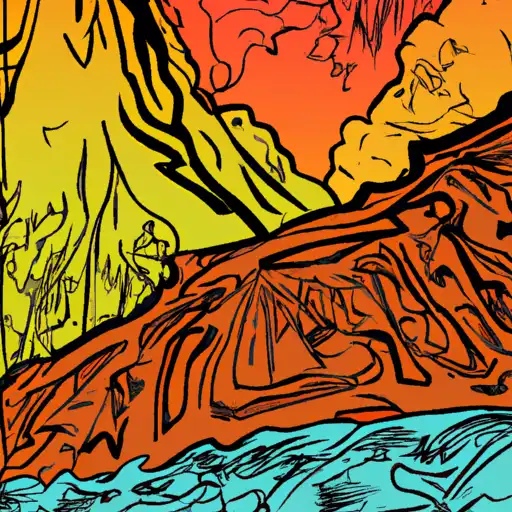
The History of Makatea
The Rich History of Makatea: A Polynesian Gem
The archipelago of Tahiti is home to some of the world’s most stunning locations. One such place that always manages to take the breath away of anyone fortunate enough to pay a visit is Makatea. This article seeks to take you on a journey through the ages, exploring the fascinating history of Makatea and its impact on the culture and traditions of Polynesia.
The Genesis of Makatea
Makatea, unlike its low-lying and flat coral atoll neighbors, poses a magnificent and imposing sight. The island reaches a height of over 100 meters, with its impressive limestone cliffs adding to the awe-inspiring topography. However, the origins of Makatea provide essential context to its prominence in Polynesia’s history.
Born from the skeletal remnants of an animal-dominated era, the Makatea island mainly comprises uplifted fossilized coral. This unique physical characteristic contributes directly to its rich history and cultural importance. The name Makatea itself, in the Tahitian language, translates as ‘rocky,’ painting a clear picture of the island’s landscape.
Makatea in Ancient Times
In ancient times, Makatea played a pivotal role as a provider of resources for the indigenous Polynesian communities of Tahiti. The inhabitants of this limestone island led a semi-autonomous lifestyle, made evident by the archaeological findings of ancient tools, made of basalt and shells, and big amounts of banana and coconut deposits. These discoveries signify the island’s self-sufficiency and the Polynesians’ impressive survival capability.
The Makatea Phosphate Era
The discovery of phosphate in the late 19th century on Makatea island led to drastic changes, both in the island’s landscape and its socio-cultural makeup. The phosphate mining activity, which started around 1917, continued for roughly half a century, significantly impacting the local structure of Makatea. It spurred a massive migration effect, with people from all around Polynesia flocking to the island, seeking employment opportunities.
This phase was a transformative period in Makatea history, and it still heavily influences the island’s economic and cultural aspects. Despite now living in the post-phosphate era, the remnants of the mining period remain visible in Makatea’s desolate landscape and its industrious locals’ spirit.
Makatea Today: A Symbol of Resilience
Today, Makatea is a symbol of resilience and regeneration. Despite the adverse effects of intense mining activity in the past, the island is home to a vibrant ecosystem. Today, locals utilize its natural resources sustainably, remaining true to their Polynesian cultural ethos.
Makatea’s history is unparalleled, telling a story of endurance, adaptability, and survival. Its story is not only a critical part of Polynesian history but also serves as a lesson on sustainable living for tourists visiting the island today.
If you’re planning a trip to Tahiti, don’t miss out on the opportunity to visit Makatea. This limestone island, with its rich history and resilient spirit, is surely a sight to behold!
In conclusion, Makatea is not just an island of geological wonder, but it is also a testament to the rich cultural heritage and indomitable spirit of Polynesian people. Its history provides a profound lesson on survival and resilience that is deeply entrenched in the island’s nature and its people. These stories still echo through Makatea’s winds, whispering tales of the past to those who take the time to listen. So, if you ever find yourself in Tahiti, ensure you make time to experience Makatea and grasp the essence of Polynesian culture.